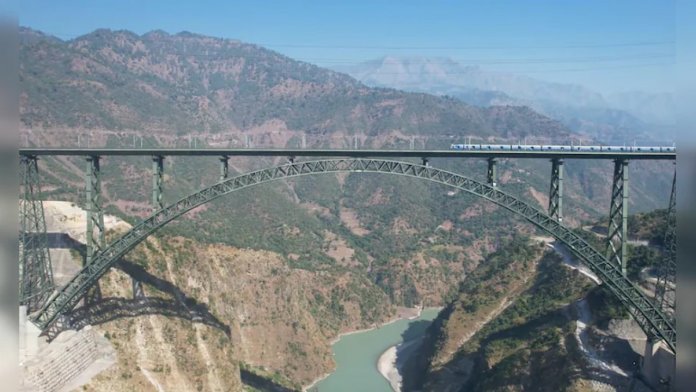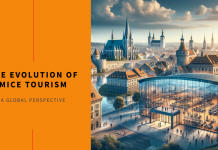In a landmark moment for India’s infrastructure and tourism sector, Prime Minister Narendra Modi is scheduled to inaugurate the Udhampur-Srinagar-Baramulla Railway Link (USBRL) on June 6, 2025. This long-anticipated development marks the operational launch of two Vande Bharat Express trains connecting Katra in Jammu with Baramulla in North Kashmir, ushering in a new era of connectivity for the region.
The USBRL project, nearly three decades in the making, spans 272 kilometers through some of India’s most challenging terrain. It is a strategic link that not only bridges vast geographic and logistical gaps but also symbolizes progress and integration in a region historically marked by conflict and inaccessibility.
One of the project’s most iconic features is the Chenab Bridge, now officially the world’s highest railway bridge at 359 meters—35 meters taller than the Eiffel Tower. The bridge is a feat of modern engineering and has become a symbol of the project’s ambition. Designed to withstand extreme weather, earthquakes, and high wind speeds, the bridge is expected to have a lifespan of 120 years. Its inauguration is not only a technical achievement but a major draw for tourists, especially engineering enthusiasts.
Experts in the travel and hospitality sectors see this development as a transformative force. The new rail line significantly shortens travel times, enhances comfort, and offers a safe and modern alternative to traditional road routes that are often hindered by weather disruptions. With direct access to major religious destinations such as the Mata Vaishno Devi shrine in Katra, the rail link is expected to boost pilgrimage tourism, while also opening up the scenic valleys of North Kashmir to mainstream domestic and international travelers.
The idea of a rail connection to Kashmir dates back to the 19th century, with early attempts by Dogra rulers thwarted by geographical and technical challenges. The realization of this vision in 2025 is seen as a symbolic overcoming of historical and political obstacles, and a renewed commitment to positioning Kashmir as a premier travel destination.
Prime Minister Modi’s presence at the inauguration also carries significant political and symbolic weight. His visit comes shortly after the April 22 terror attack in Pahalgam and the subsequent counter-terrorism operations that neutralized nine terror hubs. Officials view the event as an assertion of restored peace and stability in the region—a message critical for reviving traveler confidence.
Beyond tourism, the USBRL project is expected to catalyze economic development across the region. Local businesses, artisans, and service providers stand to benefit from improved market access and rising tourist footfall. The railway is likely to spur infrastructure upgrades in towns along its route, and support job creation in both construction and tourism-related services.
As tourism diversifies from pilgrimage to adventure, eco, and cultural tourism, the new rail link positions Kashmir for a brighter, more connected future—integrated not just with the rest of India, but with the global travel landscape.
















